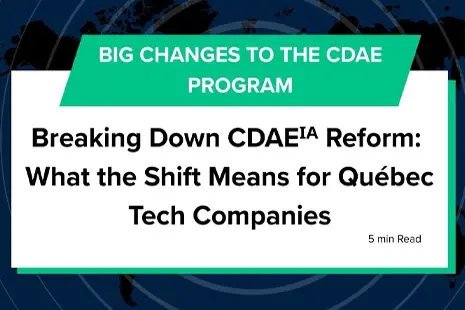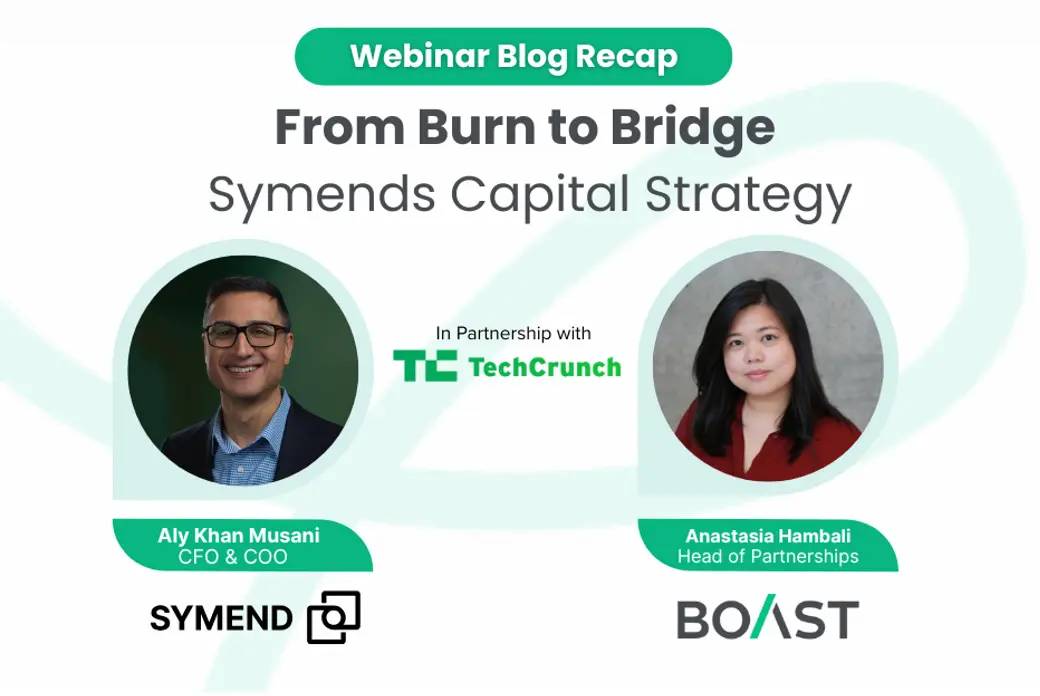A poll of CFOs conducted last spring found that 81 percent believe their day-to-day workload is greater than other members of the C-Suite. This comes as CFOs today are tasked with oversight across the organization—from cyber risk to vetting new technology—that veers well outside the traditional walls of finance.
While this “job creep” has traditionally been considered par for the course for anyone with a ‘Chief’ title, the expansion of the CFO role in particular has seemed to outpace other members of the C-Suite.
This was made all the more glaring in the wake of the recent Silicon Valley Bank (SVB) closure, which showed that the institution was operating without a Chief Risk Officer (CRO) from April 2022 to January 2023. It remains unclear how many of these duties were “rolled over” directly to SVB’s CFO Daniel Beck in a day-to-day capacity, but Beck and SVB CEO Greg Becker were both named alongside the bank in a class-action lawsuit for not reporting risk to investors ahead of the bank’s dissolution.
This, of course, is a very unique situation—and the responsibilities of a CFO for an innovative startup are going to differ significantly from what’s expected of the financial head of a leading lending institution.
There are some ways that CFOs can help keep “job creep” under control, however, even when markets and a business’ finances start stretching a CFO thing.
Never underestimate risk
For starters, executives should use the SVB dilemma as a “what not to do” example when building out their C-Suite by recognizing that managing risk—while an activity that on some level needs to be shared across the organization—warrants a dedicated executive title.
While earlier stage companies may be averse to expanding their executive bench when resources are tight, a CRO might actually improve your business’ standing among investors—and act as a critical liaison between outside stakeholders and those focused on internal operations.
Organizations that are classified as “critical infrastructure,” such as financial institutions and energy providers, must have an executive on their team dedicated to managing risk. The introduction of the Dodd-Frank Wall Street Reform and Consumer Protection Act of 2010—to say nothing of the far-reaching Global Data Protection Regulation (GDPR) introduced by the EU—made compliance and risk management a much broader mandate across consumer-facing organizations. As a result, SaaS providers of all stripes—especially larger organizations that do businesses within and outside of the EU—are now wise to feature a dedicated CRO to ensure both adherence to law as well as best practices for data responsibility and security.
The CRO (or executive-level risk manager) responsibilities should include:
- Creating and executing “risk maps” and strategic action plans to mitigate primary threats (including cyber threats, non-compliance with regulations, and a “gut check” on financial planning conducted by the CFO);
- Sharing risk analysis and progress reports to executives, board members and employees;
- Evaluating operational risk that stems from employee errors or system failures that could impact operations;
- Helping the CFO conduct “due diligence” and risk assurance during business deals or M&A rounds.
It’s also incumbent on CFOs to break their old habits and embrace new tools and solutions that are a better fit for the “new way of work.” There are a few overarching trends across the private sector that have contributed to this redefinition of the CFO for our times.
The COVID-19 affect
Perhaps the biggest forcing function of the CFO evolution has been the COVID-19 pandemic. With workers signing on from home, adopting new tools and flexing new skill sets to keep companies afloat during the height of global shutdowns, many CFOs took the helm in steering businesses through the new realities of work.
According to findings from DataRails, 33 percent of CFOs were tasked with leading the implementation of new technology during the pandemic, while one-fifth of CFOs increased the cadence of their forecasting as well as their employee headcount since March 2020.
To add some more context, SaaS adoption jumped more than 62 percent during the first year of the pandemic, and whether directly or indirectly, the CFO was tasked with approving the operating budgets that allowed many of these tools into the corporate IT stack. While CFOs certainly weren’t making these decisions in isolation, the surge in SaaS adoption was still a major diversion from what many financial leaders had planned for prior to COVID-19.
Despite more SaaS, many CFOs remain old school
Another finding from the DataRails survey was that despite overseeing the adoption of a lot of new technology, many of the day-to-day activities of the average corporate CFO remain incredibly manual.
More than 70 percent of CFOs polled still rely solely on Excel for financial budgeting and forecasting,while only 18 percent of leaders surveyed consider themselves Excel experts, and just 30 percent consider themselves “advanced.”
While spreadsheets—and Excel specifically—have been and will remain a critical feature of the CFOs toolkit, by not adopting additional automation or solutions to enhance these spreadsheets (or, at the very least, get more advanced training in how to use Excel as a starting point), CFOs may be willfully slowing down processes across the organization. To that end, 47 percent of CFOs who took part in the DataRails survey find their reliance on manual processes impairs their ability to participate in strategic decision-making.
This has led to not only less time spent with families, but greater dissatisfaction with the job overall, with almost one third of CFOs polled confessing that “constant spreadsheet jockeying left them bored.”
More mobility among CFOs as desired skills evolve
From 2020 to 2021, research from Russell Reynolds found that the retirement rate for financial executives jumped from 45 percent to 52 percent. There are myriad conclusions to be drawn from these figures—retirements were up across the board at the start of the pandemic, and have leveled off following the initial “shock” of COVID-19 shutdowns.
But, as we recently highlighted, CFO tenure in general is shrinking, with 59 percent of CFOs who took part in a recent FTI Consulting survey spending fewer than five years at a single company as of 2022.
Again, this isn’t necessarily a problem for businesses, but a sign that executives across industries (and at businesses of all sizes) are starting to “figure it out” in terms of understanding what they need from a CFO. Some teams are looking for a CFO who can help them manage accountability, for instance, if they’re in a space that calls for often complicated compliance restrictions. If a business is on an aggressive growth path, they might seek out a CFO that’s got a specific background in deal making.
Increasingly, however, startups need financial leads who can take a larger, operational-view of their role, playing a key role in key decision making across departments to ensure company’s have runway in the face of volatile markets, new technology and more discerning customers.
Gain a holistic view of operations, for tax season and beyond
At Boast, we strive to give innovative businesses access to our AI-driven platform and years of expertise to both ensure they’re maximizing their R&D tax claims, while also gaining visibility into how all facets of the business come together to drive meaningful outcomes.
By understanding—via a single pane of glass—how specific employees contribute to your company’s overall output and innovation, for instance, financial teams can better understand areas for optimization across the organization. This not only makes for less “spreadsheet jockeying” when it comes to pulling together an R&D tax credit study, but provides actionable insights that financial teams can use to better communicate and pitch strategies to other decision makers.
To learn more about how founders can take advantage of non-dilutive funding options to fuel their growth, check out our recent blog, Funding your startup with government grants.


